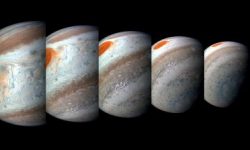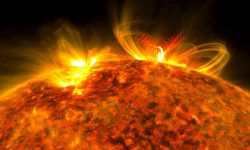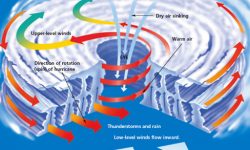Category: Thunderblogs
A variety of editorial commentaries by in-house and guest contributors.
The Riddle of the Solar Wind

The Riddle of the Solar Wind by Mathias Hüfner In this universe, shaped by open and intercommunicating systems, we can discern countless forms of relationship and participation. Papst Franziskus Laudato si’ 2015 For the first time, a spacecraft is on its way to fly through the atmosphere of our sun….
Eye of the Storm, Part 6
Eye of the Storm, Part 5
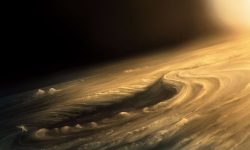
Large Scale Wind Structuresby Andrew Hall In previous articles, we established a link between the winds of Jupiter and landforms on Earth. In primordial times, Earth’s weather was like Jupiter’s, with raging plasma whirlwinds and segregated electric jet streams that attained supersonic speeds. Close examination of mountains and other landforms…
Solar Energy is Our Future
Eye of the Storm, Part 4
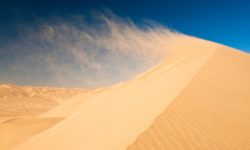
Wind Map by Andrew Hall The face of the Earth was shaped by three primary means: volcanic eruption, lightning, and wind. It occurred in primordial storms which significantly ionized the atmosphere, charged the ground like a battery, and discharged energy between them in the same way we see today: earthquakes,…
Eye of the Storm, Part 3
Eye of the Storm, Part 2
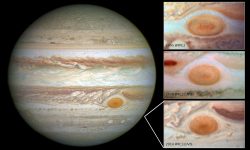
The Electric Winds of JupiterBy Andrew Hall Jupiter is our largest neighbor and generates the largest electromagnetic field in the Solar System except for the Sun. It has a thick, turbulent atmosphere with swirling storms producing winds of supersonic speed, and lightning arcs that dwarf the puny sparks we have…
Eye of the Storm, Part 1
Sputtering Canyons, Part 3
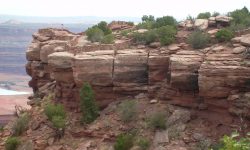
Sputtering Canyons, Part 3 By Andrew Hall In Part 1 of the Sputtering Canyons series, we discussed Arches National Monument and evidence that it was formed by a complex sputtering discharge process. That process involved a thermal-spiking, barrier discharge in a layer of wet sandstone. In Part 2, we looked at how charge…







